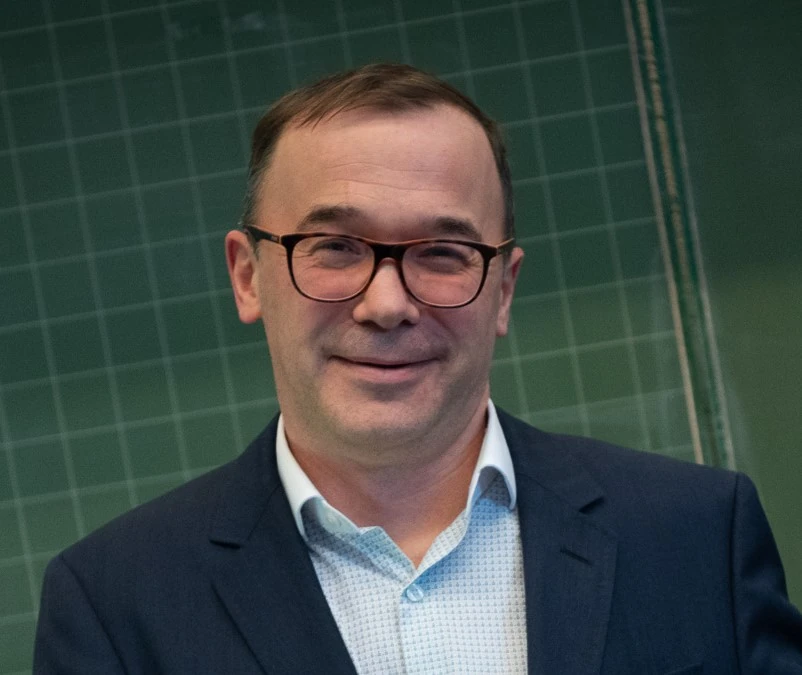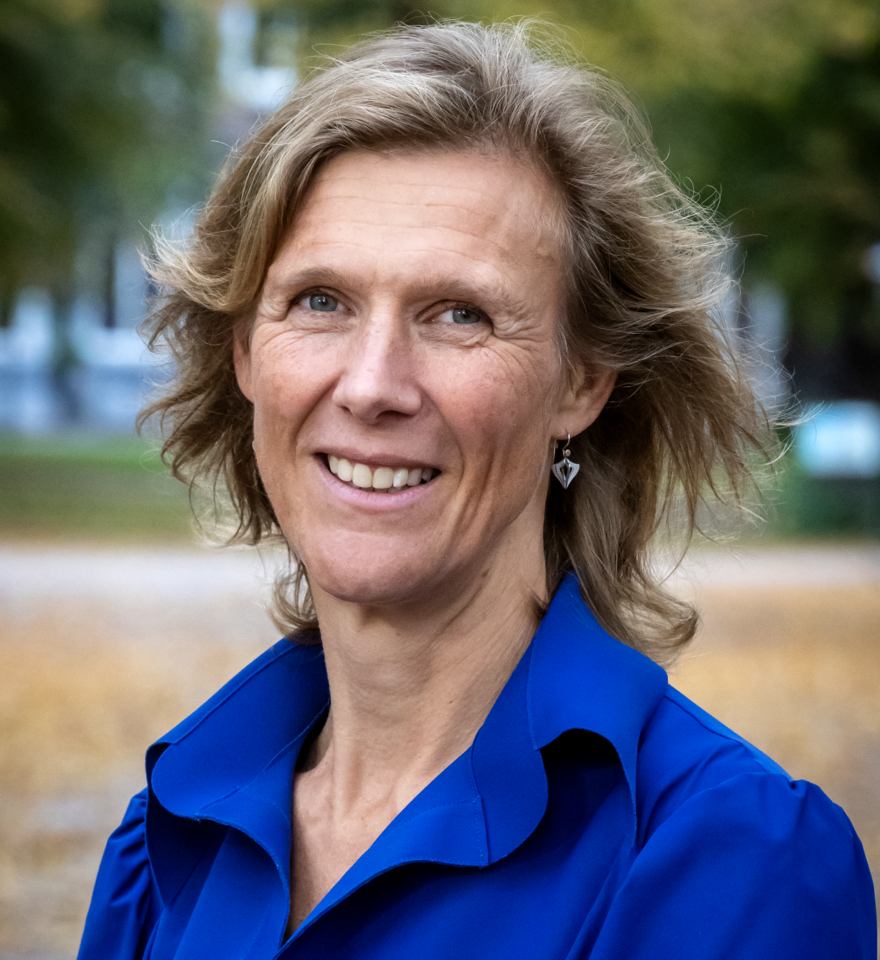Carbon Dioxide Sequestration
CO2 capture and storage in subsurface formations (in short, CCS) is the only proven technology to date that can be scaled up to gigatons per year. The geological formations suitable for this technology are either depleted reservoirs or aquifers. While several studies have been already conducted in the past few decades on the hydro-thermo-mechanical aspects of the CCS, some key topics still remain to be unresolved and are at the core of our activities for further utulizing this technology for successful climate actions. More specifically, our section is focused on the development of new experiments, modeling and simulation sciences to discover the CO2 complex thermodynamics when coupled with hydrodynamics and geomechanics of the reservoir. This includes, among others, wellbore injectivity (specially under potential risks of salt precipitation and hydrate formations), wellbore stability, meaningful simulations considering the relevant complex physics, and the development of coupled well-reservoir simulation capabilities. Advanced thermodynamics modeling of the CCS process (specially for brine-CO2-rich fluids) and exa-scale simulations are also included in our research activities.
Related projects
Reducing Impact of CO2 Hydrates on Injectivity Decline
Timeline: Dec 2022 – Jun 2023
RICH-ID (I and II) projects are dedicated to the reducing of the impact of CO2 hydrates on injectivity which is mostly relevant to CO2 sequestration in depleted hydrocarbon fields where adiabatic expansion of CO2 can cool the reservoir to hydrate formation conditions. In this project we study CO2 hydrate formation and dissociation phenomena as well as methods for hydrate formation mitigation.
Multiscale representation of gas injection into subsurface reservoirs
Timeline: May 2023 – May 2027
CO2up project will focus on upscaling the simulation of CO2 injection in subsurface reservoirs which is an important ingredient for accurate modeling of CO2 injection in aquifers and depleted hydrocarbon fields. The upscaling will be based on advanced physics-based approaches as well as Machine Learning techniques.
Impact of pressure on CO2 foam
Timeline: Jan 2024 – Jan 2025
CO2foam project provides an experimental investigation of foam-assisted CO2 injection which is important for maximizing storage capacity in CCS operations. The objec-tive of this study is to investigate the effect of pressure on foam flow behaviour in the storage of CO2 in porous media. The study will furthermore address the role of CO2 foam on the containment of the CO2 in the reservoir.
Coupled Well-Reservoir model for CO2 and H2 storage
Timeline: March 2024 – March 2028
CO2well focus on the development of coupled well-reservoir simulation capabilities which have significant importance for modeling CO2 and H2 injection into depleted hy-drocarbon fields. After benchmarking developed framework, we will compare differ-ent injection scenarios for CCS and hydrogen storage in depleted gas fields and aqui-fers
SHARP
SHARP focuses on the history of the stresses relevant to secure CO2 in the subsurface. It is a multi-national EU funded project under ACT scheme; in which our section collab-orates with the section of applied geophysics. Here we study cyclic loading on rock specimen and the activities of the North Sea reservoirs before injection of CO2. From the Dutch side, ARAMIS field is the test case study for us.
Related publications
- R Farajzadeh, Enhanced transport phenomena in CO2 sequestration and CO2 EOR
- R Farajzadeh, HA Delil, PLJ Zitha, J Bruining, Enhanced Mass Transfer of CO2 into Water and oil by Natural Convection, In SPE International p.1-8, SPE.
- R Khosrokhavar, G Elsinga, A Mojaddam, R Farajzadeh, J Bruining, Visualization of natural convection flow of (sub-) and (super-) criticl CO2 in aqueous and oleic systems by applying Schlieren method, In 73rd EAGE Conference & Exhibition incorporating SPE EUROPEC 2011 p.1-4, EAGE.
- R Farajzadeh, PLJ Zitha, J Bruining, Enhanced mass transfer of CO2 into water: experiment and modelling, In Industrial and Engineering Chemistry Research Volume 48 p.6423-6431.
- R Khosrokhavar, G Elsinga, R Farajzadeh, H Bruining, Visualization and investigation of natural convection flow of CO2 in aqueous and oleic systems, In Journal of Petroleum Science and Engineering Volume 122 p.230-239.
- R Farajzadeh, A student Barati, HA Delil, J Bruining, PLJ Zitha, Mass transfer of CO2 into water and surfactant solutions, In Petroleum Science and Technology Volume 25 p.1493-1511.
- R Khosrokhavar, AA Eftekhari, R Farajzadeh, KHAA Wolf, J Bruining, Effect of salinity and pressure on the rate of mass transfer in aquifer storage of CO2, In Proceedings of the 18th European symposium on improved oil recovery, IOR 2015 p.1-12, EAGE.
- R Farajzadeh, A Andrianov, J Bruining, PLJ Zitha, Comparative study of CO2 and N2 foams in porous media at low and high pressure-temperatures, In Industrial and Engineering Chemistry Research Volume 48 p.4542-4552.
- R Farajzadeh, HA Delil, PLJ Zitha, J Bruining, Enhanced mass transfer of CO2 into water by natural convection, In EUROPEC/EAGE Conference and Exhibition p.1-9, SPE.
- R Farajzadeh, B Meulenbroek, J Bruining, Density-driven natural convection flow of CO2 in heterogeneous porous media, In Computational models for CO2 geo-sequestration and compressed air energy storage p.389-420, CRC Press.





